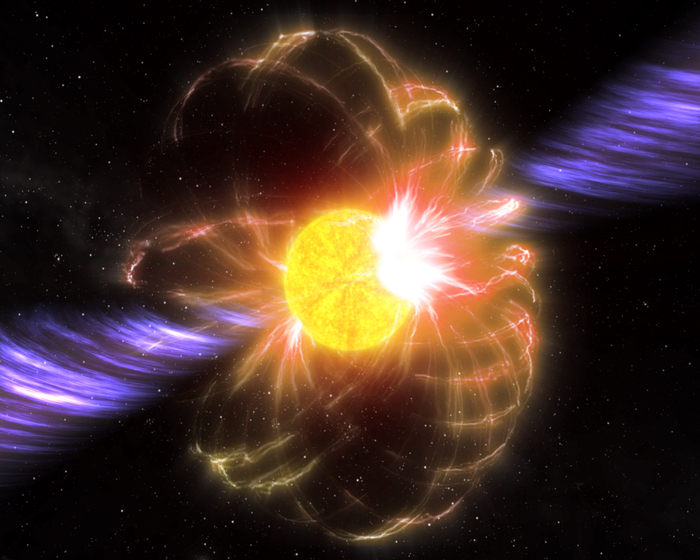By Wilson Wong - NBC News
Scientists have discovered that the enigmatic planet Uranus
emits X-rays
.
A study published Wednesday in the Journal of Geophysical Research examined two images of the planet taken by the Chandra Observatory in 2002 and 2017.
The first image revealed clear X-ray detection, and the second showed a
possible X-ray eruption
in the ice giant, a planet made up mainly of elements heavier than hydrogen and helium.
Guilty?
"Mainly the sun," NASA said on its website.
"There are tantalizing indications that there is at least one other X-ray source," the agency said.
[The world's most important monuments turn off the lights for Earth Hour]
"One possibility is that the rings of Uranus are producing X-rays themselves, which is the case with the rings of Saturn," the agency said.
"Another possibility is that at least some of the X-rays
come from Uranus' auroras,
a phenomenon that has been previously observed on this planet at other wavelengths."
X-rays can offer a unique view of the characteristics of the solar system.
The research authors said that in the case of Uranus, those characteristics may include
"the composition
of the
atmosphere
, the surface and the planetary ring."
NASA will try to fly a helicopter over Mars in April 2021
March 24, 202100: 33
According to NASA, astronomers have previously observed scattered X-ray lights emitted by the sun on Jupiter and Saturn, but not on the ice giants Uranus and Neptune.
The agency said the planet was particularly interesting due to its "
unusual orientations of its spin axis
and its magnetic field."
[There is life in Mars? Finding out is the mission of the NASA robot that arrived today on the red planet]
NASA said determining the sources of Uranus' X-rays could help astronomers better understand how X-rays emit more mysterious objects in space, including "
growing black holes
and neutron stars."
Uranus, with a diameter four times that of Earth, is the seventh planet from the Sun. It is known for its two sets of rings around its equator and its lateral rotation, which makes it unique among the other planets in the solar system. .






